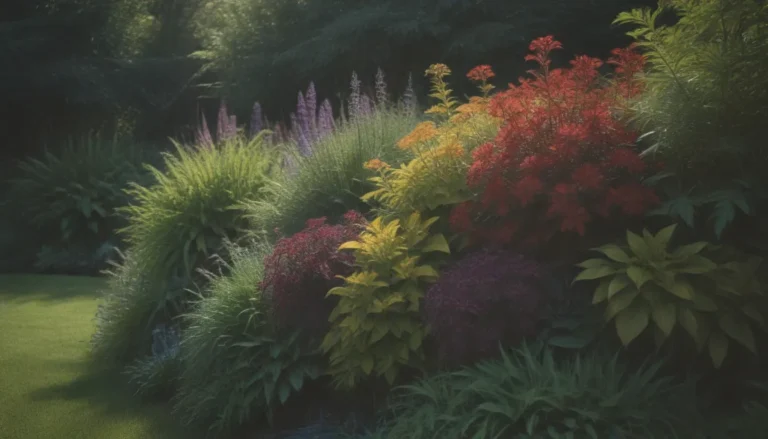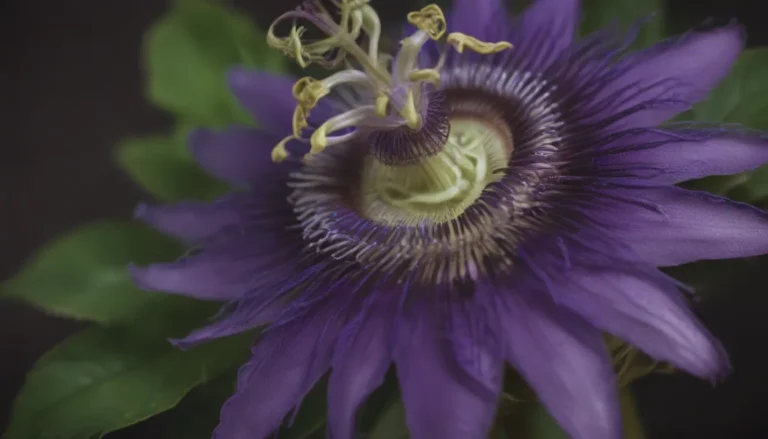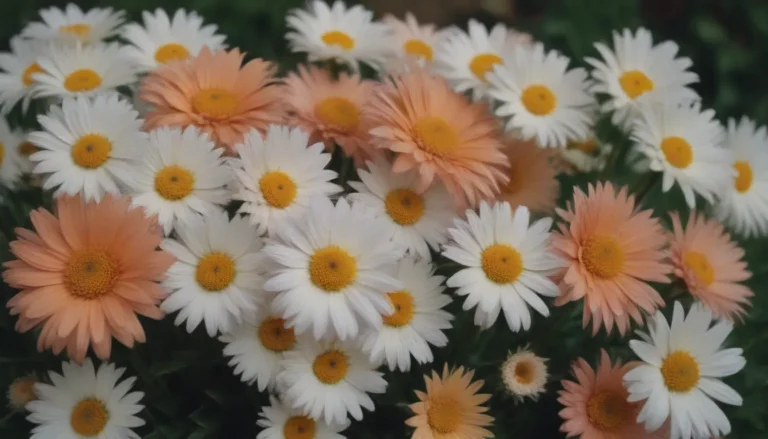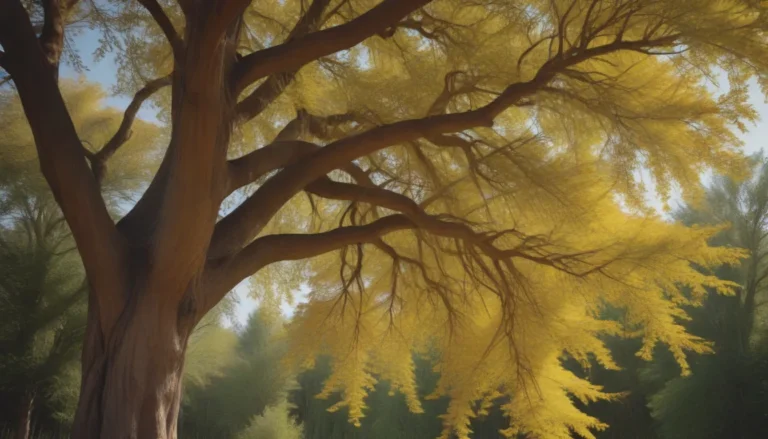Choosing the Perfect Grass for Your Lawn: A Comprehensive Guide
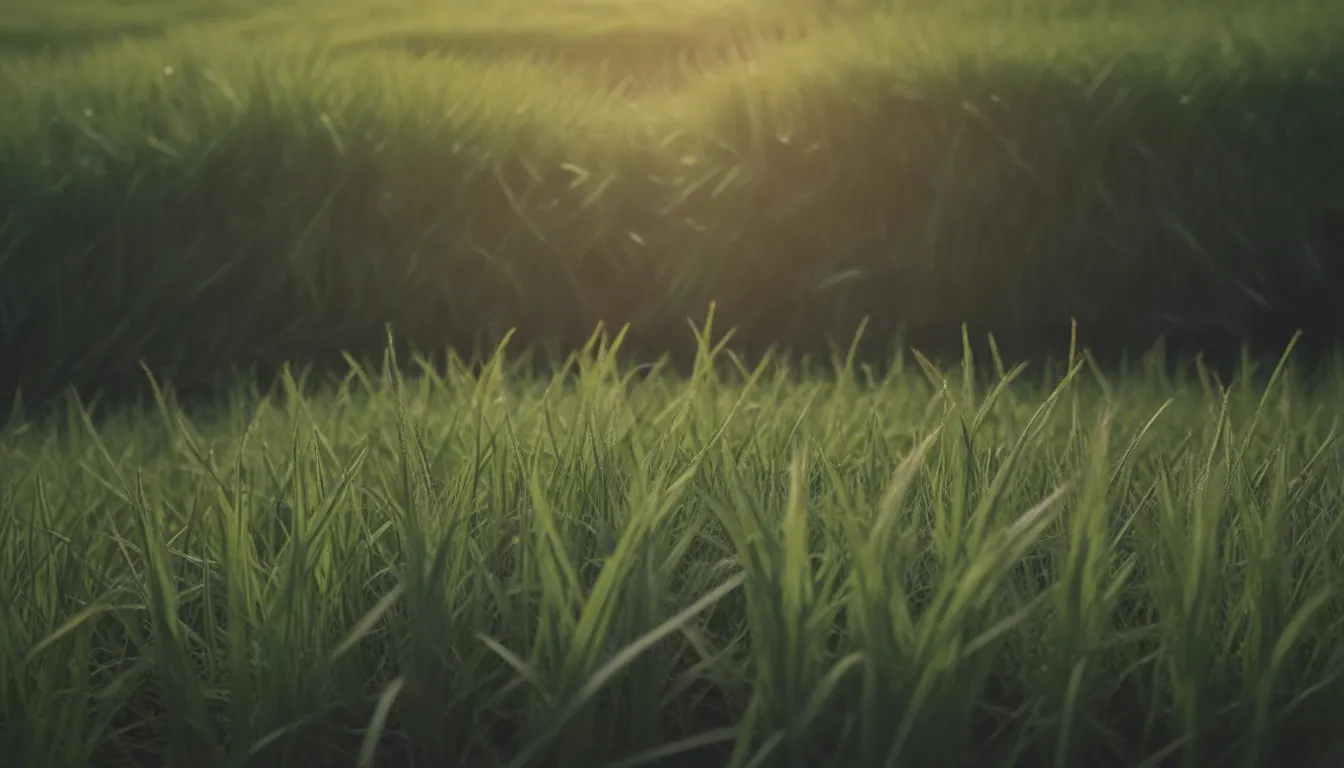
Are you dreaming of a lush, green lawn but feeling overwhelmed by the myriad of grass types available? Choosing the right grass for your lawn may seem like a daunting task, but with a little guidance, you can find the perfect match for your home. Grass isn’t just a simple plant—it’s a complex organism with different variations suited for various climates and conditions.
Understanding the World of Grass
Grasses belong to the Poaceae family, encompassing a wide array of plants. While some grass-like plants may resemble true grasses, they are not classified as such. When it comes to lawns, we are focused on turfgrasses specifically designed for creating a durable, uniform surface suitable for high traffic areas. These turfgrasses are further categorized into cool-season and warm-season grasses based on their climate preferences.
Factors to Consider When Choosing Grass
Before selecting a grass type for your lawn, consider the following factors:
- Climate: Determine whether you live in a northern region suitable for cool-season grasses or a southern area where warm-season varieties thrive.
- Care: Assess the maintenance requirements of different grass types, including fertilization, watering, and mowing.
- Appearance: Consider the visual appeal of the grass, such as the texture and color of the blades.
- Suitability for Outdoor Activities: If you have children or pets who will be using the lawn frequently, choose a grass type that can withstand foot traffic.
Grass Seed Mixes
When shopping for grass seed, you may encounter products labeled as “grass seed mixes.” These blends combine various grass strengths to offset any weaknesses and create a resilient lawn.
Exploring Popular Grass Varieties for Your Lawn
Let’s delve into some of the most popular grass types and their unique characteristics to help you make an informed decision:
1. Kentucky Bluegrass (Poa pratensis)
Kentucky bluegrass is a top choice for cool-season lawns, known for its attractive appearance and cold-hardy nature. While it requires regular fertilization, it can be supplemented with compost for a more eco-friendly approach.
- Shade Tolerance:
- Drought Resistance:
- Foot Traffic Tolerance:
- Soil Type:
2. Tall Fescue (Festuca arundinacea)
Tall fescue is a fast-growing cool-season grass that forms upright clumps, requiring less fertilization than some other varieties. It’s a low-maintenance option with good resilience.
- Shade Tolerance:
- Drought Resistance:
- Foot Traffic Tolerance:
- Soil Type:
3. Fine Fescues: Hard Fescue
Fine fescues, such as hard fescue, offer a soft, comfortable surface ideal for barefoot walks. Hard fescue thrives in mixed sunlight conditions, combining shade tolerance with sun resistance.
- Shade Tolerance:
- Drought Resistance:
- Foot Traffic Tolerance:
- Soil Type:
4. Fine Fescues: Creeping Red Fescue
Creeping red fescue is a durable cool-season grass suitable for high-foot traffic areas. It pairs well with Kentucky bluegrass in seed mixtures and tolerates drought once established.
- Shade Tolerance:
- Drought Resistance:
- Foot Traffic Tolerance:
- Soil Type:
5. Perennial Rye (Lolium perenne)
Perennial rye is a cool-season grass that requires more maintenance but holds up well to foot traffic. While it may form clumps, it offers good durability in lawns.
- Shade Tolerance:
- Drought Resistance:
- Foot Traffic Tolerance:
- Soil Type:
6. Creeping Bentgrass (Agrostis stolonifera)
Creeping bentgrass is a fine choice for golf courses due to its uniformity and mowing adaptability. It requires high maintenance, including regular watering and fertilizing.
- Shade Tolerance:
- Drought Resistance:
- Foot Traffic Tolerance:
- Soil Type:
7. Zoysia Grass (Zoysia spp.)
Zoysia grass is a warm-season option known for its heat and drought tolerance. While it requires minimal maintenance, its spreading nature can be challenging to control.
- Shade Tolerance:
- Drought Resistance:
- Foot Traffic Tolerance:
- Soil Type:
8. St. Augustine Grass (Stenotaphrum secundatum)
St. Augustine grass is a salt-tolerant warm-season variety suited for coastal regions. With broad blades and good control, it’s a popular choice for Southern landscapes.
- Shade Tolerance:
- Drought Resistance:
- Foot Traffic Tolerance:
- Soil Type:
9. Bermuda Grass (Cynodon dactylon)
Bermuda grass is a tough warm-season grass with excellent foot traffic resilience. While low-maintenance, it spreads rapidly, requiring careful containment.
- Shade Tolerance:
- Drought Resistance:
- Foot Traffic Tolerance:
- Soil Type:
10. Buffalo Grass (Bouteloua dactyloides)
Buffalo grass offers cold hardiness, heat tolerance, and low maintenance requirements, making it a popular choice in warm climates. While clump-forming, it’s a great option for low-maintenance lawns.
- Shade Tolerance:
- Drought Resistance:
- Foot Traffic Tolerance:
- Soil Type:
In conclusion, selecting the right grass for your lawn involves considering various factors such as climate, maintenance needs, appearance, and intended use. By exploring different grass types and their characteristics, you can make an informed decision that will result in a vibrant and healthy lawn for years to come. So, roll up your sleeves, grab your gardening tools, and get ready to transform your yard with the perfect grass selection!
